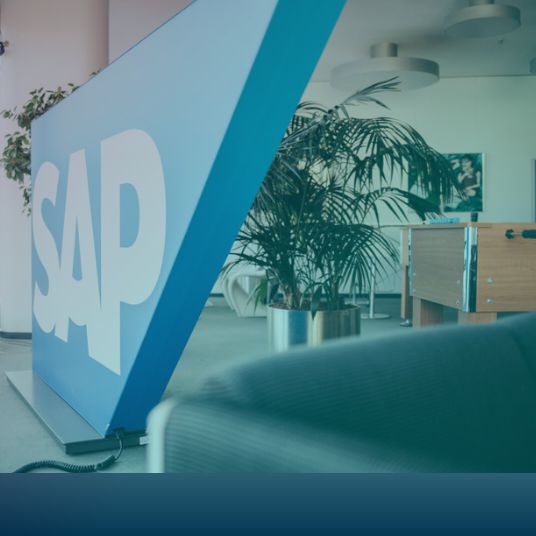- Home
- Enterprise Resource Planning
- Asset Management

Asset Management
Products

SAP S/4HANA

SAP S/4HANA Public Cloud

SAP S/4 HANA Asset Management

SAP Asset Performance Management

SAP S/4 HANA for Spatial Management

Empowering Industrial Excellence
LANXESS NV and Emixa Bring Together Six Practices Into One Uniform Maintenance Process
LANXESS aims for uniformity in maintenance processes across six plants. Emixa helped with a three-phase improvement trajectory, resulting in a standardised work preparation process. The process leads to better collaboration, knowledge sharing and preparation for peak moments, and forms the basis for a permanent improvement process.

Elevate Your Industry with Emixa: Our Unique Advantages
Reliability
Optimisation of asset performance for reliable operations.
Data Analysis
Data-driven decision making for continuous improvement and predictive maintenance.
Cost Efficiency
Efficient asset management lowers maintenance and operational costs.
Risk Management
Minimise unplanned downtime and operational risks.
Sustainability
Extending asset lifespan and reduced environmental impact.
Compliance
Meeting regulations and safety standards to avoid fines.
Incorporating Emixa's digital solutions catapults XYZ Corp into the era

Data-Driven Asset Management: Foresight and Cost Control
Foresight and data-driven decision making are essential for effective asset management. By collecting, interpreting, and enriching data, organisations can make the right decisions while balancing costs, performance, and risks. In an increasingly complex industrial environment where technical challenges and process complexity are rising, safeguarding technical knowledge is a priority. This requires an integrated approach to asset management.

%2015%25.jpg)